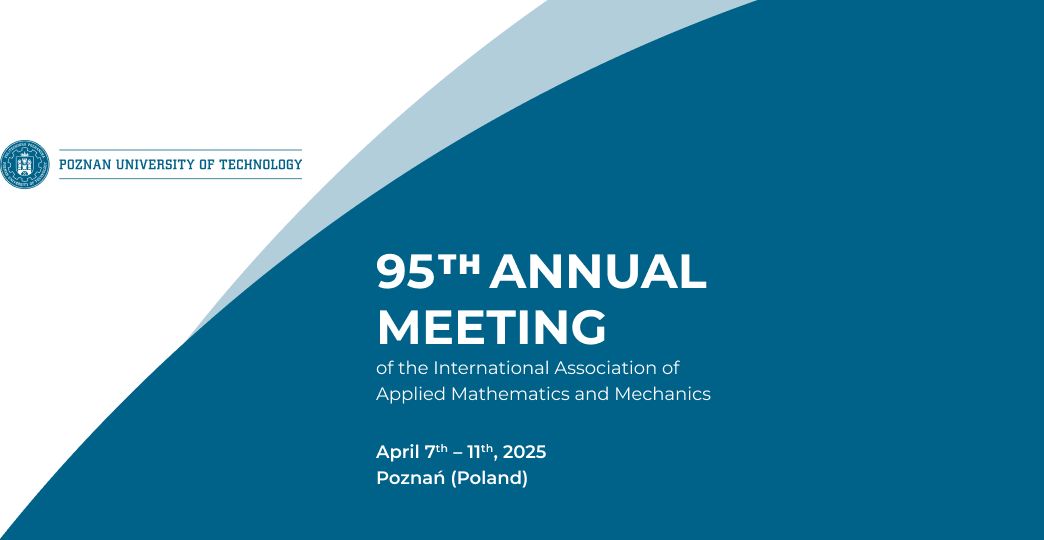Speaker
Description
In today’s era, most nations worldwide are undertaking endeavors to enhance the exploration of locally available energy sources, to attain independence from external supplies. The production of alternative fuels from biomass and waste through thermal treatment or their direct utilization in the combustion process remains a predominant method for expeditious and cost-effective heat generation. However, the physical and chemical characteristics of these types of fuels can lead to complications in the operation of heating units, resulting in elevated levels of air pollution. Consequently, the analysis of thermal treatment of solid fuels still remains a significant practical concern. The present study aims to examine biomass thermal treatment in a small-scale reactor utilizing the in-house eXtended-DEM (XDEM) method based on mixed Lagrange-Eulerian approaches. This was facilitated by a novel, independently developed coupling computational interface that enables seamless integration between CFD and DEM, enhancing computational efficiency and accuracy. The granular system is treated as a porous zone with the reactive flow through. The Open-Foam software with the porous zone module is used to predict the parameters of the continuous phase flow by the Eulerian approach. Significant advances are also made in the underlying physical models. Within the DEM framework, each solid particle undergoing thermochemical processes is tracked by the Lagrangian approach, which allows for the prediction of its movement, and shape and structural changes during interaction with hot gas flowing over. Collectively, these alterations contribute to developing a more robust and reliable simulation instrument, which can provide detailed insights into complex multi-phase flows and granular material behavior. A range of numerical results were obtained for a variety of reactor types, to assess the influence of geometry and flow conditions on the distribution of parameters within the reactor. Furthermore, the study incorporated different shapes and sizes of particles. The findings demonstrate the efficacy of XDEM in predicting the phenomena occurring during the thermal treatment of solid fuels, particularly by providing comprehensive information regarding the movement of all the particles undergoing chemical reactions, which are otherwise challenging to achieve through measurement-based methods.

